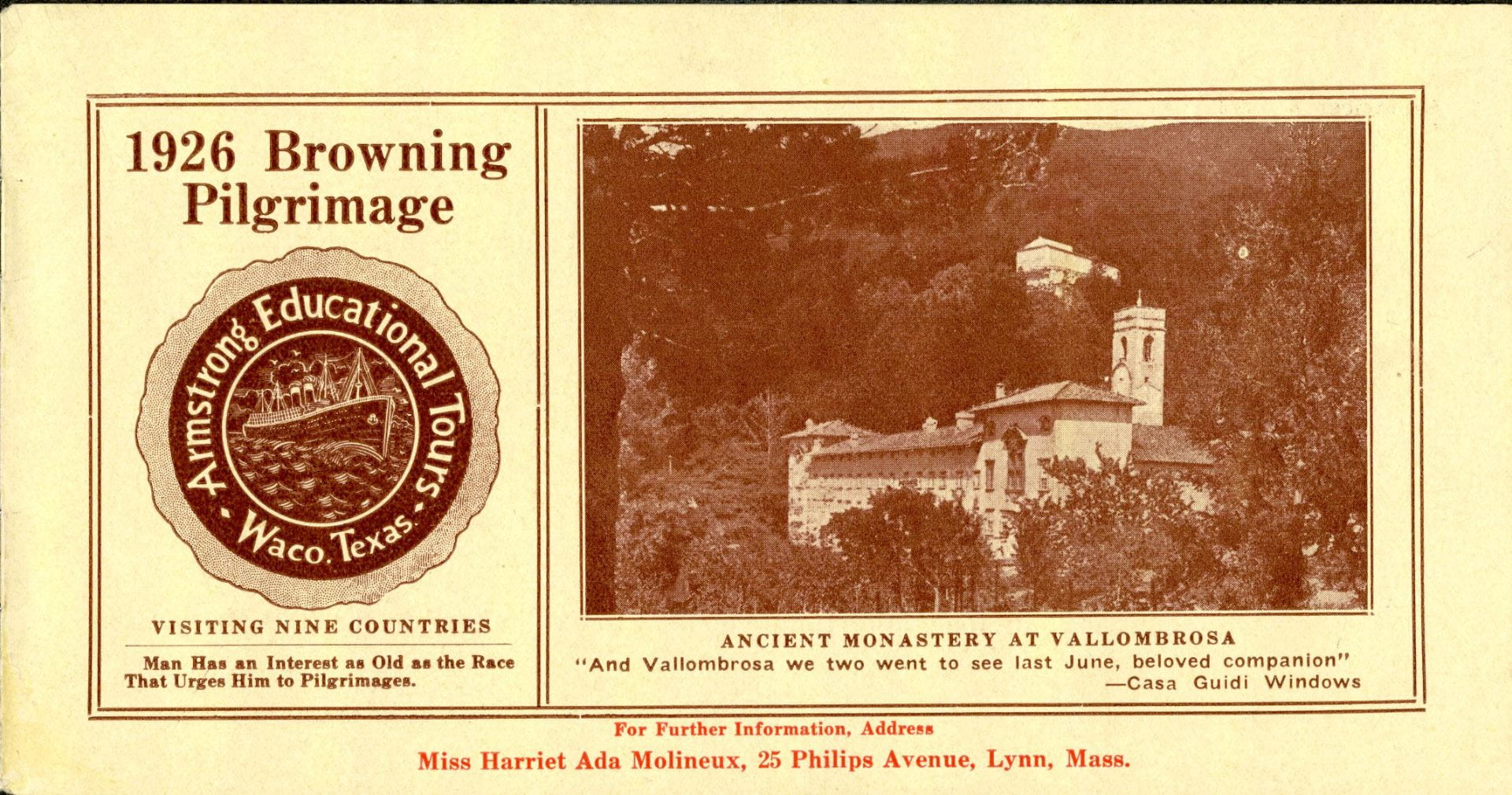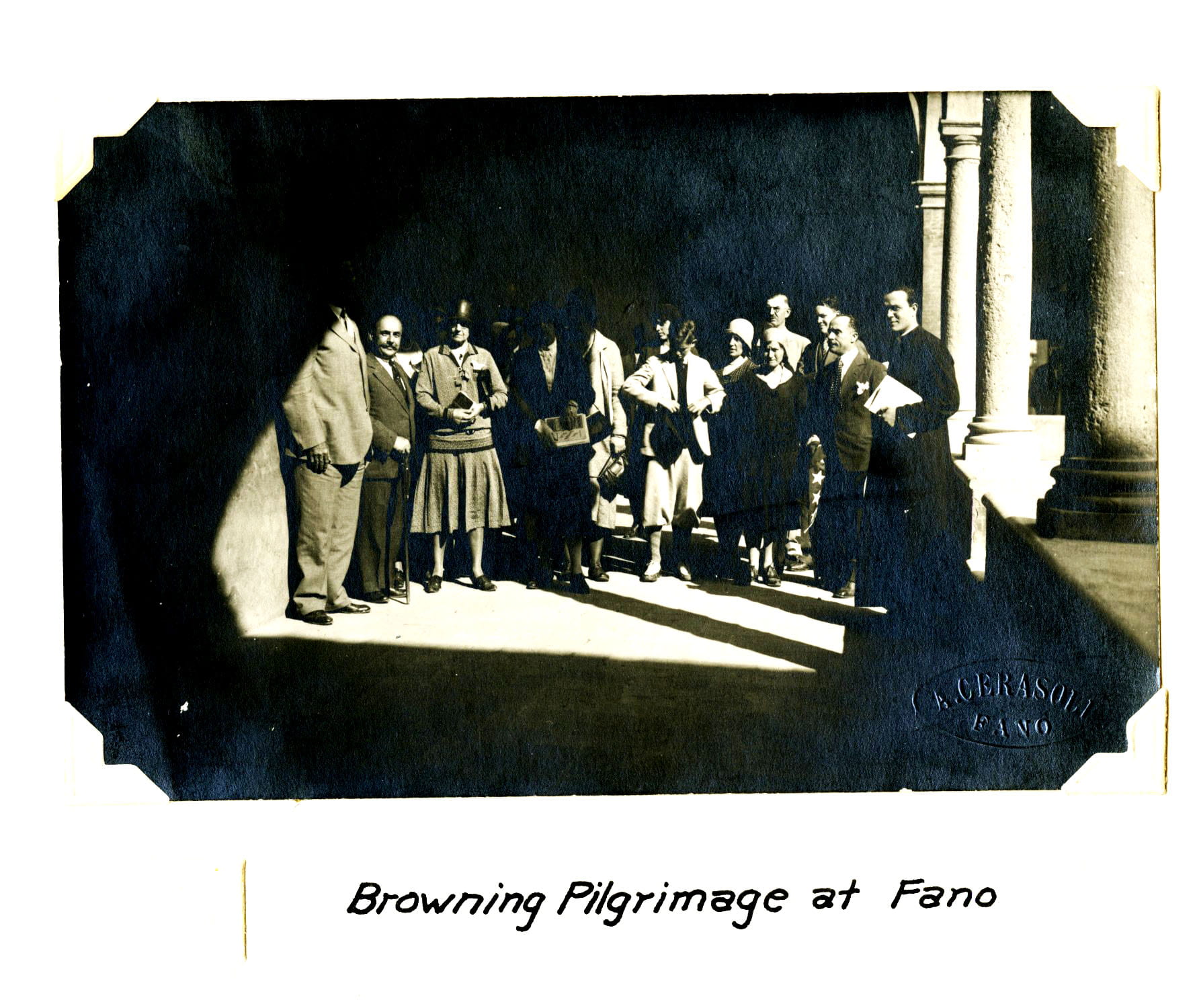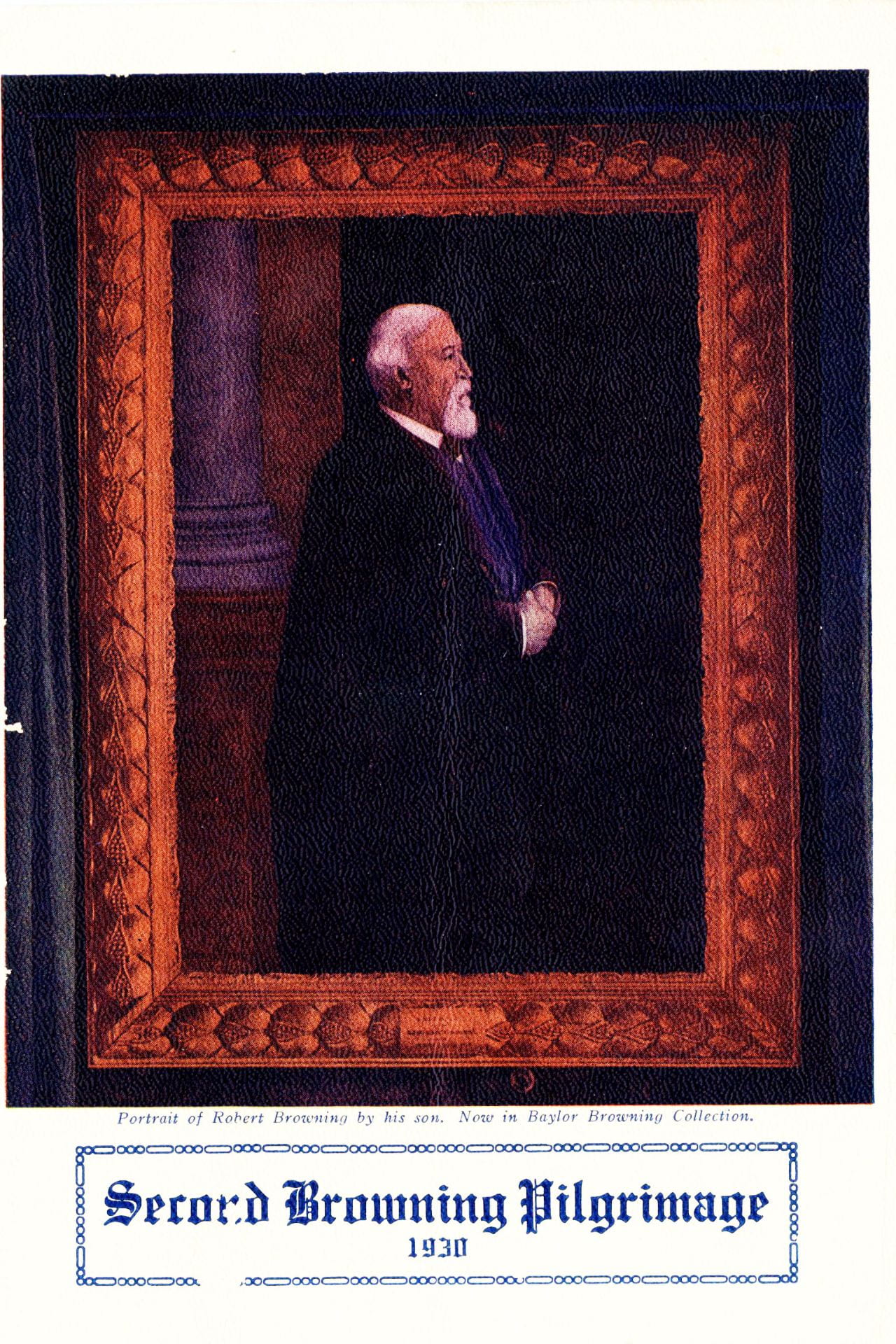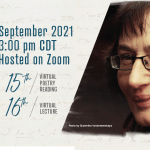
Marta Gimenez Orti
In late 2019, Marta Gimenez Orti, a doctoral student from Spain, received a scholarship from Universidad Complutense de Madrid. The award enabled her to conduct dissertation research for a semester at Armstrong Browning Library & Museum at Baylor University, which is the international center for research on the lives and works of Robert and Elizabeth Barrett Browning. However, as she began to make travel plans it soon became clear her Baylor visit would be delayed due to COVID-19.
Orti completed her undergraduate degree and two masters degrees in education and translation in Spain. However, she decided to pursue a Ph.D in literature. Her love of literature and Italian drew her to the works of Elizabeth Barrett Browning.
When Orti found out she was awarded the scholarship, she was excited because she was working full-time as a high school teacher while trying to complete work on her Ph.D. The research leave would enable her to focus on her dissertation research and complete her degree.
“I had to wait for two years. I had to keep on working which was hard for me, and I also had to do a lot more paperwork to come here,” said Orti. “I had to go to the embassy to do my visa and I had to do a lot of COVID-19 tests.”
Orti’s research asks why Elizabeth Barrett Browning is not as highly recognized as other English writers from the Victorian era.
“She [Elizabeth Barrett Browning] was like the Shakespeare of women, and she influenced a lot of writers such as Emily Dickinson and Edgar Allen Poe. However, today they are much more popular than her and few study her. I want to know why she is not well-known anymore, even though she is a pioneer among English authors.”
Reductions in COVID travel restrictions enabled Orti to make her journey to Baylor in August. Now that she is at the Armstrong Browning Library she enjoys the atmosphere around campus.
“I am happy that Marta was finally able to join us, and I look forward to learning what her research reveals about Elizabeth Barrett Browning’s reputation and reception in Italy,” said Director of Armstrong Browning Library Jennifer Borderud. “I am also happy that Marta has been able to experience campus life at Baylor and explore Waco and Texas.”
One of the biggest differences between Baylor and her school in Madrid is the amount of help that Orti has received at Armstrong Browning Library.
Coming to a place like Armstrong Browning Library allows Orti to have resources all in one building, where in Spain, she described having to go to different cities to find certain resources. She is also appreciative of the staff that accompanies her at Armstrong Browning Library as they have greatly helped her adjust to life in the United States.
“I thought that adjusting to life in the United States would be harder, but it’s not. Christi and Jennifer at the Armstrong Browning Library are helping me a lot. They even looked for an apartment for me here,” said Orti. “I have also met some people here at the library and I have been spending time with them, so I thought that it would be harder but I am very good here actually.”
Since coming to the United States, Orti is also pleasantly surprised at the amount of student activities that Baylor offers compared to universities in Spain.
“It is so different from Europe. Here you have a lot of activities for students and organizations and I have a lot of opportunities to go out, so that’s something new for me as a student and I really love it.”
Orti plans on completing and defending her dissertation in January and would love to remain at Baylor for a little longer as a professor of language or literature.




